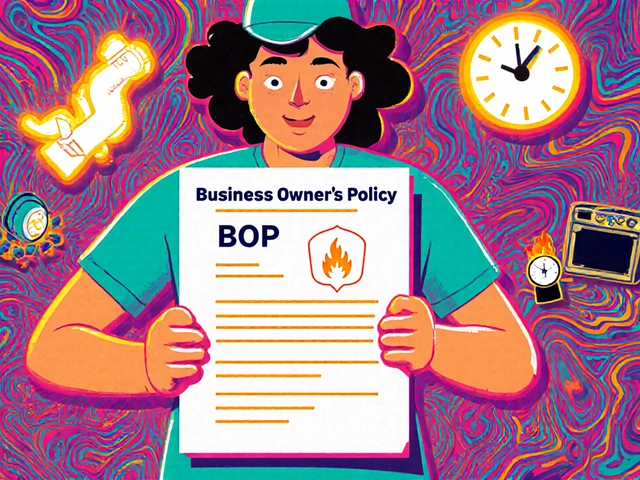Asset Classes: What They Are and How to Use Them to Build a Strong Portfolio
When you invest, you’re not just buying stocks or bonds—you’re spreading your money across different asset classes, broad categories of investments that behave differently under market conditions. Also known as investment categories, they’re the foundation of every smart portfolio, whether you’re putting away $50 a month or $50,000. Think of them like different tools in a toolbox. You wouldn’t use a hammer to screw in a lightbulb, and you shouldn’t put all your money in just one type of asset.
The big ones you need to know are stocks, ownership shares in companies that grow over time but swing in value, bonds, loans you give to governments or companies that pay steady interest, real estate, physical property or REITs that generate rent and tend to rise with inflation, and commodities, things like gold, oil, or wheat that move based on supply, politics, or weather. Each reacts differently when the economy changes. When stocks crash, bonds often hold steady. When inflation spikes, real estate and gold usually climb. That’s not luck—it’s design.
Most people think investing means picking the next hot stock. But the real edge comes from knowing how these pieces fit together. A portfolio with only stocks is risky. One with only cash is losing value to inflation. The goal isn’t to chase returns—it’s to balance risk. That’s why the posts here cover everything from U.S. Treasury bills and bonds to global rebalancing and how currency moves affect your holdings. You’ll find clear breakdowns of what each asset class actually does, how to buy them without paying crazy fees, and when to shift your mix based on what’s happening in the economy.
You don’t need to be a Wall Street analyst to use asset classes right. You just need to know the basics, avoid the hype, and stick with a plan. Below, you’ll find real examples—like how a Business Owner’s Policy ties into asset protection, or why governance tokens in DeFi aren’t the same as traditional stocks. These aren’t theory pieces. They’re practical, up-to-date guides from people who’ve been there. Whether you’re just starting out or fine-tuning your strategy, this collection gives you what you need to stop guessing and start building something that lasts.





